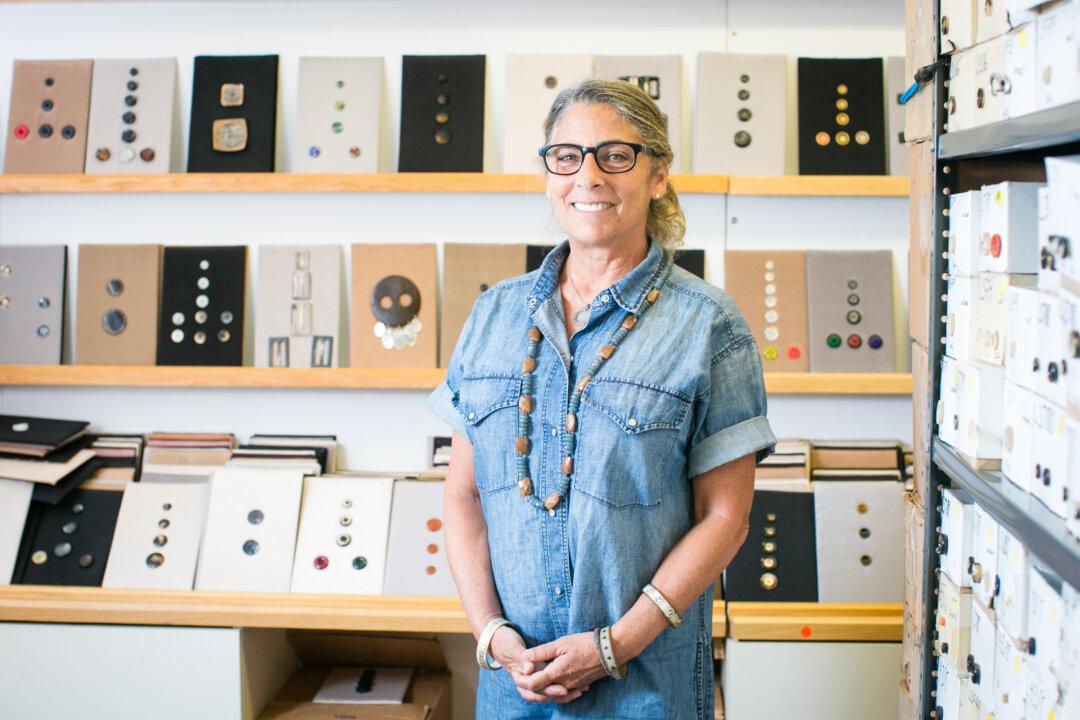NEW YORK—“In a machine age, dressmaking is one of the last refuges of the human, the personal, and the individual,” said French designer Christian Dior.
The extent to which this is still true is the subject of Manus x Machina: Fashion in an Age of Technology, the exhibition that opened May 5 at the Metropolitan Museum of Art.
Curator Andrew Bolton explained that the inspiration for the show came while he was was examining Yves Saint Laurent’s famous 1965 “Mondrian” dress, which reflected the linear designs of the painter.
“We discovered it was made almost entirely by machine,” he said.
This seemed to go against the traditional distinction between haute couture and prêt-à-porter—a distinction between the handmade and the machine-made or ready-to-wear.
“Traditionally the hand has been identified with exclusivity, spontaneity, and individuality, yet ultimately representative of elitism, the cult of personality, and a detrimental nostalgia for past craftsmanship,” explained Bolton, while the machine has been associated with progress, mass production, inferior quality, dehumanization, and homogenization.





